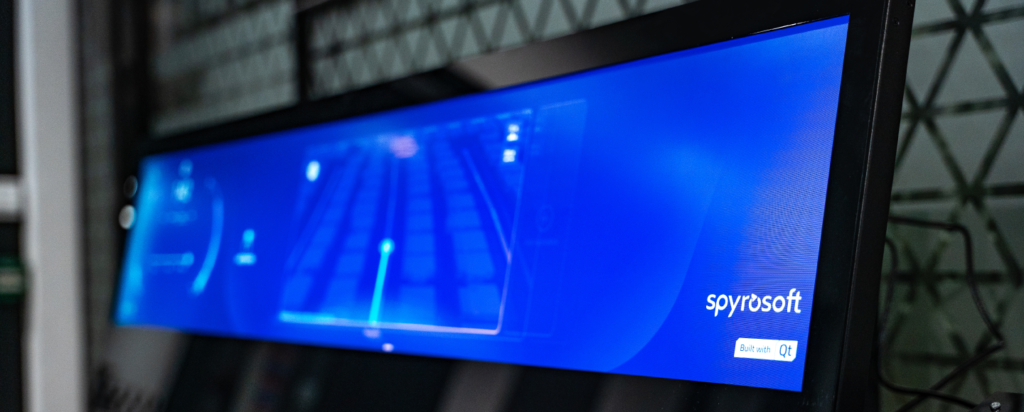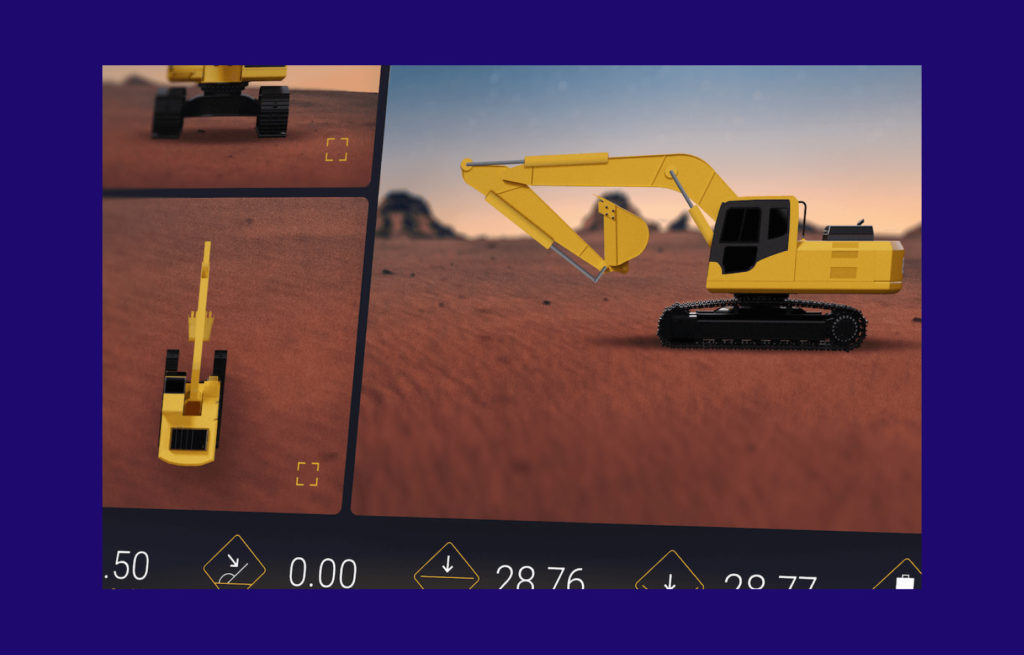Unveiling the potential of the Qt Framework: a comprehensive solution for UI development
Qt, a renowned cross-platform application development framework, has been making waves as one of the leading UI frameworks in the software industry. It provides numerous modules for rapid development, which several well-known companies and communities use.
This piece aims to delve into the myriad features of the Qt framework and ascertain its suitability for diverse development needs. With this deep dive, you can decide if Qt is the right choice for your next project.
What is the Qt Framework?
Qt is a cross-platform application development framework known as one of the best UI frameworks available on the market. However, its capabilities extend far beyond UI creation. Qt provides modules for rapid development in areas such as internationalisation, localisation, 3D graphics, networking, distributed systems, in-app advertising, and more. Qt is used in companies and communities such as:
- Tesla, BMW, Daimler AG (for In-Vehicle Infotainment systems),
- KDE community (for KDE Plasma),
- Deepin operating system,
- Ableton (Ableton Live product),
- Autodesk (Maya, 3ds Max software).
This article will highlight the most important features of the Qt framework, helping you determine if it is a suitable choice for your needs.
Rapid GUI development
One of Qt’s standout features is its markup language called QML. With QML, you can design, structure, and develop application user interfaces without unnecessary boilerplate code or complex architectures. QML code is easy to develop, read, and maintain. JavaScript code can be used to handle small logic parts often required for GUIs. This code is executed by the QML engine or compiled just in time by the QML compiler. This approach saves development time and simplifies code maintenance. Qt GUI provides foundational components for building graphical user interfaces using the Qt framework, making it easier to extend functionality with Qt Widgets.
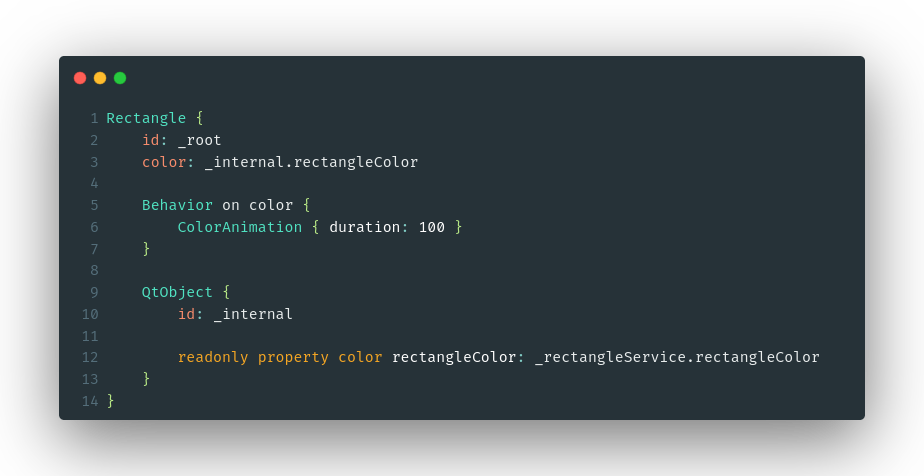
Qt also provides the renowned signal & slot mechanism. Callbacks play a crucial role in GUI applications, enabling the notification of different objects about specific events. However, traditional callback mechanisms can be unintuitive or overly complex. Qt’s signals & slots mechanism simplifies and enhances this process, allowing for simpler and more readable code. Signals are defined to emit when events occur, while slots listen for specific signals. This seamless connection between C++ and QML code facilitates smooth integration. Additionally, Qt Designer plays a significant role in creating and processing user interface files for C++ applications. Forms created with Qt Designer can be dynamically loaded at runtime or processed at compile time, offering various approaches to integrate UI components with application logic.
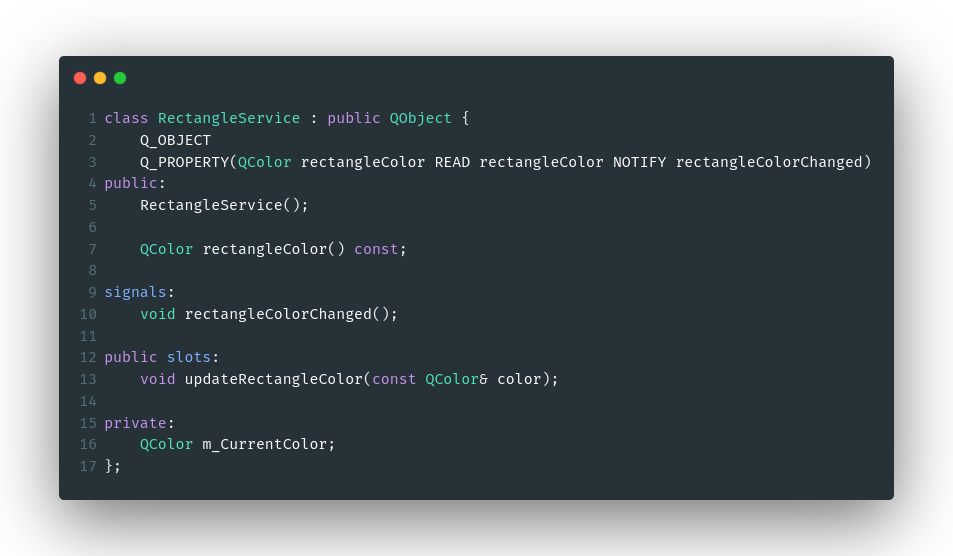
Complete process
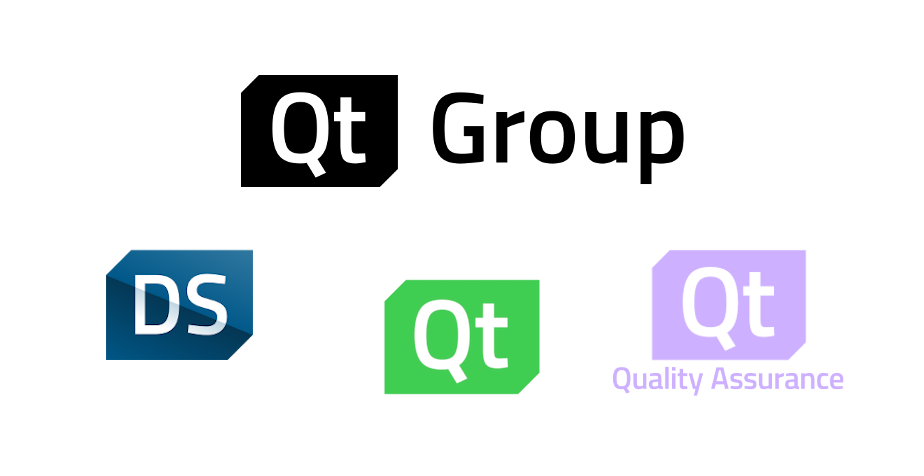
In addition to the application framework, the Qt Company offers a set of tools for various stages of the software development process. Qt Design Studio provides a designer-friendly environment for designing and prototyping. Besides that, it allows for the generation of QML files, which software engineers can utilise for further development. Qt Creator is a cross-platform IDE designed specifically for creating applications that work across multiple platforms.
On the testing front, Qt provides a range of tools within its ecosystem. One such tool is Squish, an automated GUI testing tool that seamlessly integrates with Qt-based applications. Squish uses object-aware UI control, image recognition and AI-based optical character recognition for efficient GUI testing. Another tool the Qt Company provides is Coco, a code coverage tool that facilitates multiplatform and multilanguage analysis and features a built-in function profiler. This tool is particularly valuable in healthcare, automotive, and heavy equipment industries, where safety rules often require high code coverage. Additionally, the Qt Company offers the Axivion Suite, a static code analysis tool that ensures compliance with various coding standards, including MISRA, CERT, AUTOSAR and more. For unit testing Qt applications, Qt test classes are essential as they ensure the reliability and functionality of Qt-based projects.
Once your application is complete, tested, and released, it is time to use Qt Insight. This priceless tool provides product usage analysis, allowing you to gain valuable data on how users interact with your application. Qt Insight helps you gather information on user behaviours, patterns and preferences, allowing you to make decisions for future enhancements and optimisations. By understanding how users engage with your application, you can tailor your development efforts to deliver an even more seamless and intuitive user experience.
Multiplatform and multilanguage
![[image] HMI os platforms](https://spyro-soft.com/wp-content/uploads/2023/07/img_platforms.png)
Qt is not limited to a specific language or platform. While most Qt applications are developed in C++, Qt offers language bindings provided by 3rd party companies or Qt Company itself, like Python (PyQt), Java (QtJambi) or Rust (CXX-Qt, Rust-Qt). Your Qt application can be deployed on major mobile and desktop platforms such as Mac, Windows, Linux, Android and iOS. Additionally, Qt enables the development of embedded applications running on bare metal or real-time operating systems with Qt for MCU. Furthermore, the same Qt application can run on web browsers using Qt for WebAssembly.
Numerous modules in one package
While many free and open-source libraries are available for networking, managing SQL databases or interfacing with Bluetooth, using them often requires dealing with numerous dependencies, spending time learning and sometimes even fixing them. In some cases, these libraries may not seamlessly work together without additional development effort. Qt provides a complete package that includes all these functionalities and more. Qt’s components have been designed with a similar idea in mind: to share architecture and seamlessly work together, eliminating compatibility issues and simplifying development.
List of Qt modules: Qt Modules
Excellent documentation
Qt is known for its top-notch documentation. The online documentation covers almost every class available in both C++ and QML, providing detailed descriptions of functions, slots, and signals. Each Qt module includes in-depth explanations of its usage with diagrams and code examples. QtCreator, the integrated development environment, also features projects with code examples, allowing developers to learn and experiment with different features easily.
Example: QString documentation
Large community
Over the years, Qt gained a large community around the project. The Qt forums host over half a million posts related to Qt development, providing answers to questions that may not be easily available in the documentation. Additionally, well-known platforms like Stack Overflow have dedicated Qt tags with over 100,000 answered questions, serving as a valuable resource for developers seeking assistance. A significant number of developers also actively contribute to the project itself, which is available as open source. Some Qt developers write articles for Qt Blog, which is a great place for knowledge gain. As Qt continues to gain popularity among developers, the community continues to grow, providing a supportive environment for collaboration and knowledge sharing.
Qt Community: Qt Blog and Qt Forum
Performance in mind
While many application developers prioritise native tools for their performance advantages, Qt and QML may not initially appear as favourable choices due to their association with JavaScript and virtual machines, which are not typically known for high performance. However, Qt offers a range of solutions to address these concerns. First, QML code, when written in a certain way, can be compiled using the Qt Quick Compiler, resulting in up to a claimed four times speedup over interpreted JavaScript code. For resource-constrained platforms like microcontrollers (MCUs), Qt provides a separate package called Qt for MCU with QML Ultralite. Another crucial aspect of performance optimisation is profiling. While C++ Qt code can be easily profiled using existing C++ tools, profiling QML code requires a dedicated solution. Qt addresses this with the QML Profiler, enabling developers to identify application bottlenecks and unnecessary function calls. Qt continually monitors the performance of its frameworks, regularly sharing articles on the Qt Blog and updating documentation pages with tips and techniques for performance optimisation.
To sum up
Choosing Qt as the framework for your next product’s UI has numerous advantages.
Qt’s standout feature – the QML markup language – streamlines UI design and development, reducing complexity and making code easier to maintain. Qt also simplifies communication between application layers with its acclaimed signal and slot mechanism, facilitating a seamless connection between C++ and QML code.
Additionally, it supports various platforms and languages, allowing your application to reach a broader user base. Qt’s robust documentation and active community provide extensive support for developers, making troubleshooting and learning much smoother.
Lastly, despite the perceived performance concerns with JavaScript, Qt offers solutions like the Qt Quick Compiler and QML Profiler to ensure optimised performance. Thus, Qt equips you with a comprehensive, efficient, and user-friendly framework to deliver superior UI for your product.
Let us turn vision into reality
Ready to get started on your next application using Qt? There is no better place to turn for support than Spyrosoft. Our team consists of seasoned experts who have extensive experience working with the Qt Framework. Whether you are looking to develop an intuitive, cross-platform UI, or you want to tap into the full potential of Qt’s robust features, we are equipped to guide you through the process.
Here you will find more information on our Qt development services.
About the author
Our blog


